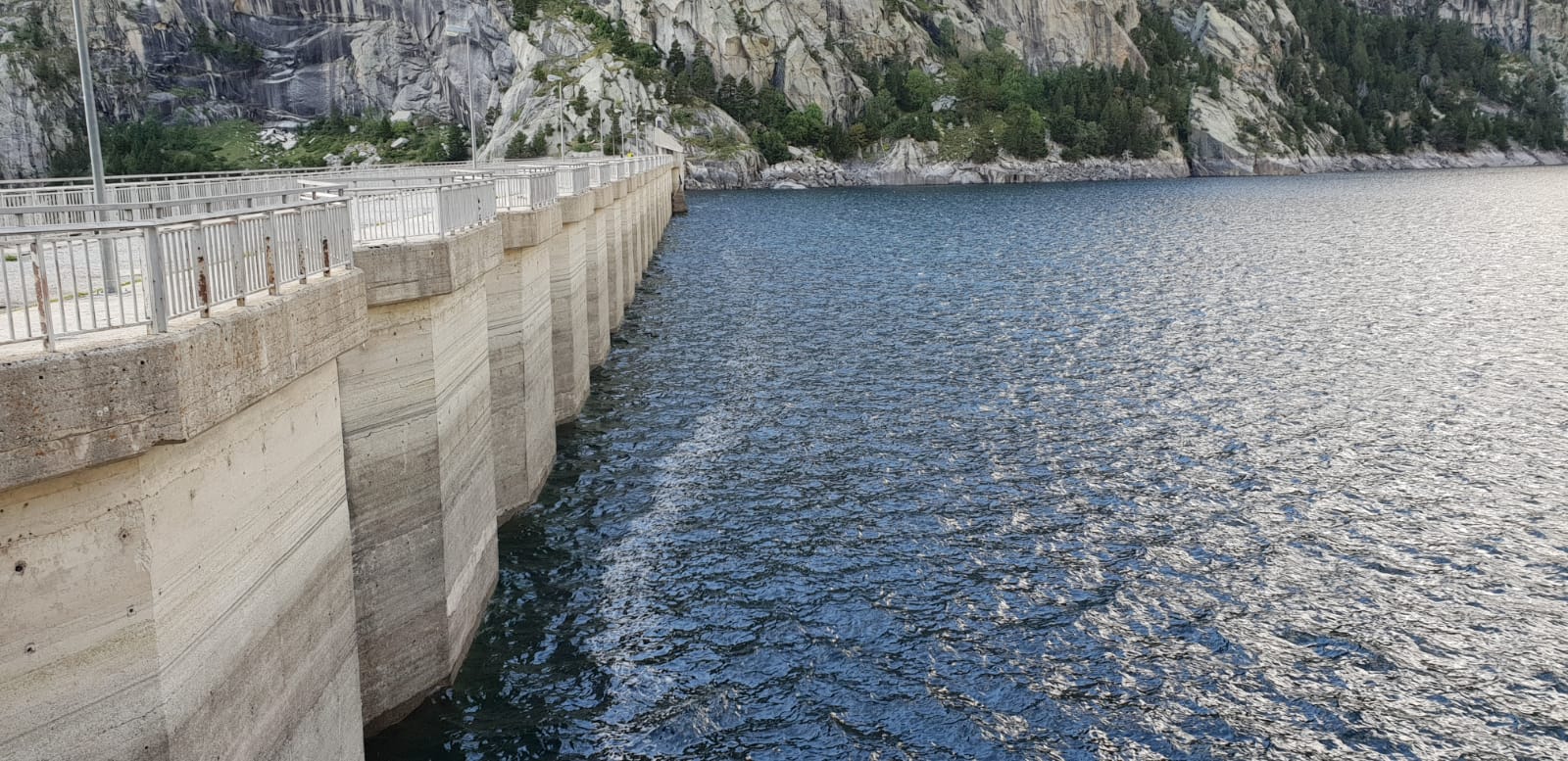The provisional statistical advances corresponding to the cement sector in January 2020 show a 13% decrease in consumption in Catalonia, with just over 157 thousand tons. The figure is even worse in terms of production, which drops 25% in the same period, with 180 thousand tons. In the mobile year record (which measures the last 12 months), consumption stands at 2.1 million tons and production at 3.2 million, but the sharp drop in exports is significant (22% lower than last year).
The situation of the sector is explained, on the one hand, by the increase in costs in electricity and CO2 emission rights, which penalize the competitiveness of Catalan companies and, consequently, their access to foreign markets. On the other hand, the atony of the internal market causes consumption to continue at levels of the 60s. And this is mainly due to the chronic lack of investment in infrastructure: it should be remembered that, according to the CCOC report, the tender Works official in Catalonia in 2019 reached 1,947 million euros, a figure that is still much lower than the historical average (about 3,750 million annually in the period 2000-2019).
Salvador Fernández Capo, president of Ciment Català, once again demands that “each of the administrations approve budgets that confirm an increase in investment in public works”. Remember that the minimum and recurring tender in infrastructure should be 2.2% of GDP (about 5.4 billion annually), according to the historical average of the main European countries. In Catalonia, 2019, has not even reached 1% of GDP. And to this we must add the fact that not all tenders end up materializing in works.
The president of the Catalan association assures that the cement industry “is prepared to face the necessary supply for the construction and maintenance of infrastructure related to transport and mobility, with the treatment of waste or sanitation and water purification” among other areas. And he concludes by insisting on the need to invest in a safer and less vulnerable country in the face of the impacts and risks of climate change.

